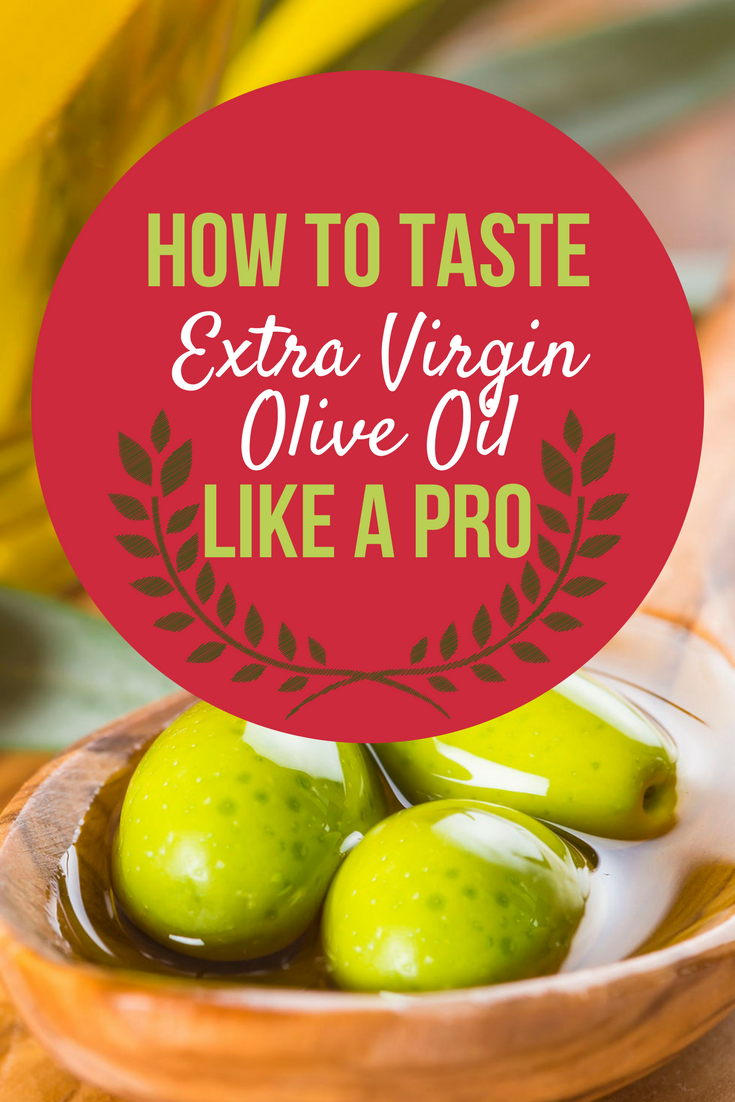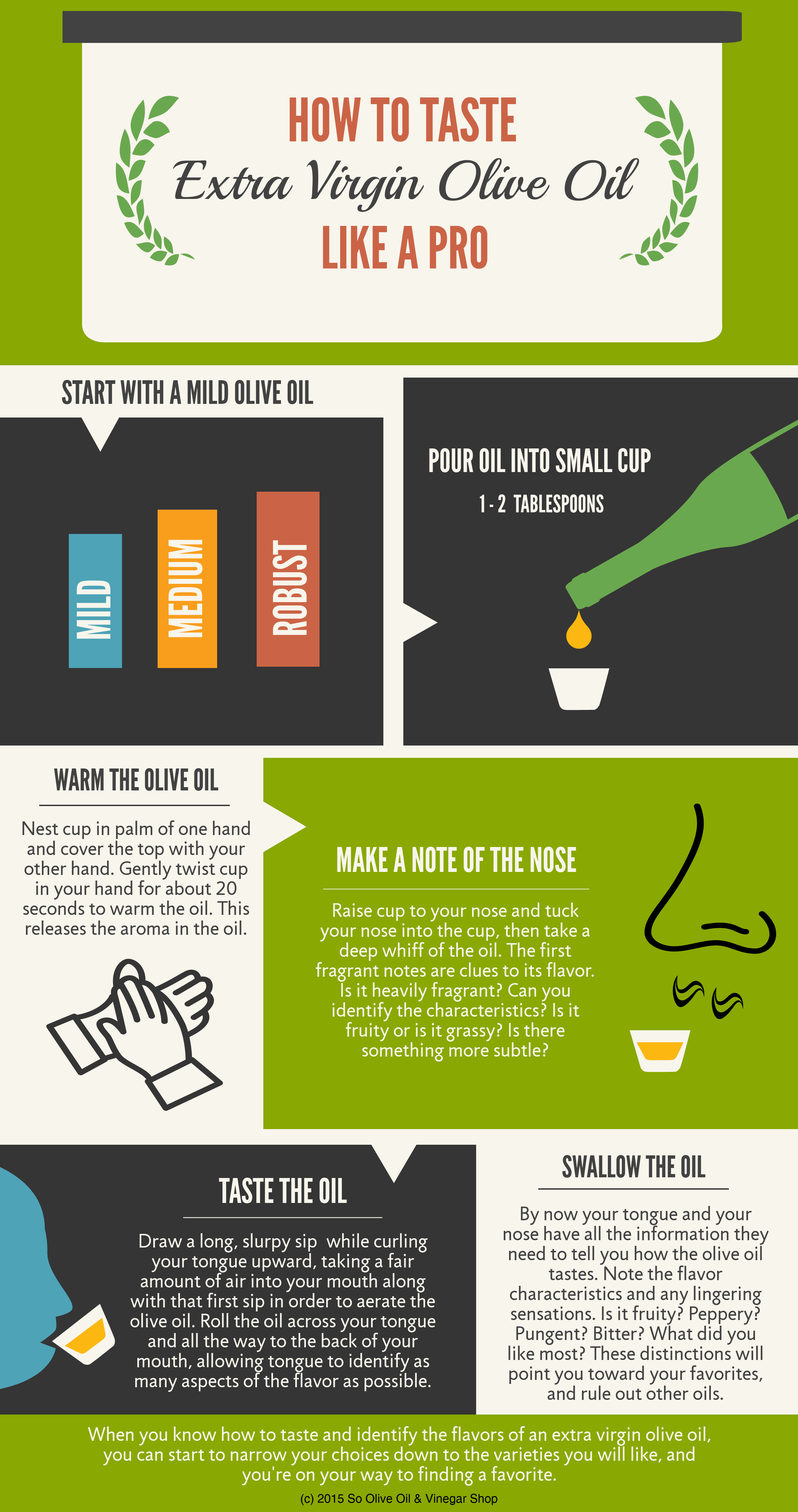
As the weather cools, one pot meals are the way to go because you can easily just add all the ingredients together at once and just let it cook. This Tuscan Bean Bake recipe is just one of those dishes. It can be made as a side dish or as the main meal with a nice warm loaf of crusty bread. This recipe also calls for a dutch oven, but if you don’t have one, a large baking dish is fine too. You’ll just need to use aluminum foil to cover the beans. I believe that dutch ovens make the food taste better so it’s well worth the investment. The cheese is entirely optional and bread crumbs mixed with olive oil may be substituted as a topping.




What you’ll need:
1 pound bag of cannellini beans
3 leeks
5 cloves of garlic
3 tablespoons So Olive Tuscan Herb Extra Virgin Olive Oil
2 tablespoons thyme, dried
1 tablespoon oregano, dried
4 cups vegetable broth
Sea salt to taste
1 cup mozzarella, shredded (optional)
1/4 cup parmesan (optional)
Here’s how:
Soak beans for at least 4 hours or overnight in a large bowl of cold water. After beans have soaked, drain the water.
Preheat oven to 225°F. Trim the the dark green tops of the leeks and discard. Cut leeks in half and rinse out any dirt between the white layers of the leeks. Then thinly slice the leeks. Mince the garlic. I use a garlic press. In a dutch oven, sauté the leeks and garlic until leeks are softened. Then add the soaked beans, thyme, oregano, vegetable broth, and sea salt. Place lid on dutch oven and place on third lower rack of oven. Bake for 3.5 hours. In between check on the beans to see how much water has absorbed. Add a 1/2 cup of water if needed. Once the beans have cooked through and water has absorbed take beans out of the oven.
In the mean time, increase the oven temperature to 450°F. Add the cheese, then place the dutch oven without the lid back into the oven for about 15 minutes until cheese is slightly brown. Then take it out of the oven. It’s ready to eat. Goes great with a slice of crusty bread and a garden salad.








